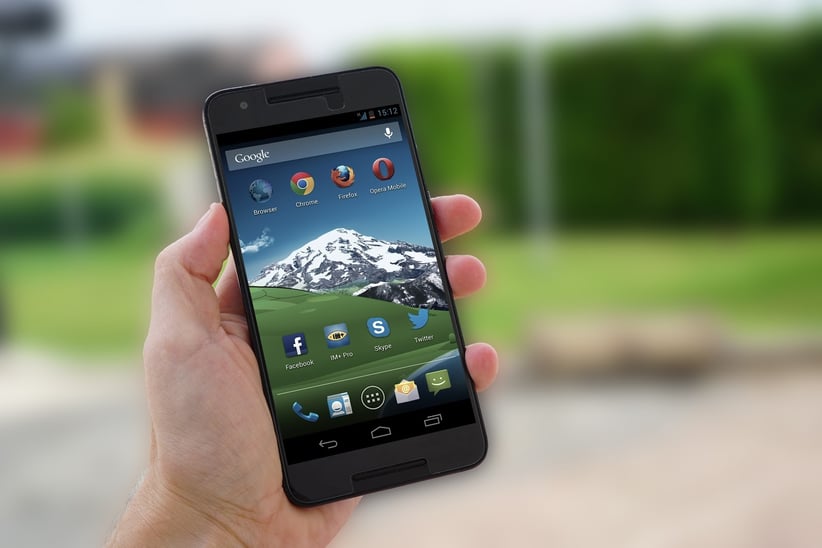Recent studies show that people aren’t interested in installing native mobile apps anymore. Why? Because apps use valuable space on the mobile device, use a lot of bandwidth to be updated and sometimes they just stop working without any clear reason.
Convincing users to install a native app is one thing, and onboarding is quite another. About 70-80% of users never use the app again 72 hours after installation. If you fail at making the first impression truly something to write home about, you will lose that user. It’s hard to be successful here.
Global brands spend enormous marketing budgets to convince people to install their app. At the same time, they possess websites which are visited by mobile users. Those users generate 50% of overall web traffic for the brand. So the users were already engaged on the website, but the brand must pay again to acquire these same users on their mobile app. This is insane!
It would be sooo much better to convert users directly from the mobile website to the app. But here is another challenge: to do so, you must send users to the app marketplace (App Store or Google Play) and thus you will lose contact with them.
Installing a PWA as a mobile app
Fortunately, we can solve this problem with Progressive Web Apps, one of the trending mobile-first solutions. The PWA standard allows the construction of websites that can ask a user to install them as an app directly from the mobile browser. The installation process is done fully by the browser and the icon is added to user’s home screen. Thanks to that, the user does not lose contact with the brand and he’s not distracted by other apps in the marketplace.
This is a great situation for brands as they can keep users on their site and keep building engagement. What’s more, building mobile websites using the PWA standard is a remedy for other disadvantages of mobile native apps.
In contrast to native mobile apps, PWAs are very light (several MBs vs hundreds of MBs for native apps) so the installation process is super-fast and seamless. PWAs are also discoverable by Google (check Mobile-First Indexing for more) and other search engines. Users can find PWAs in the search engine and download them directly from there.
Finally, thanks to using PWAs, brands can convert mobile website users to their PWA, without paying twice for the same user.
The popularity of PWA as a mobile-first solution is growing. We estimate that in the near future, usage of the PWA standard will at least double the number of installations of brands’ mobile apps (Jumia Travel reached 12x more users with its PWA compared to its native app!). As the TOP 30 PWA reports, brands that have already invested in this standard observed the additional benefits of a higher conversion rate, lower bounce rate and higher user engagement.
Learn more in The Beginner’s Guide to PWA
Published September 27, 2018












